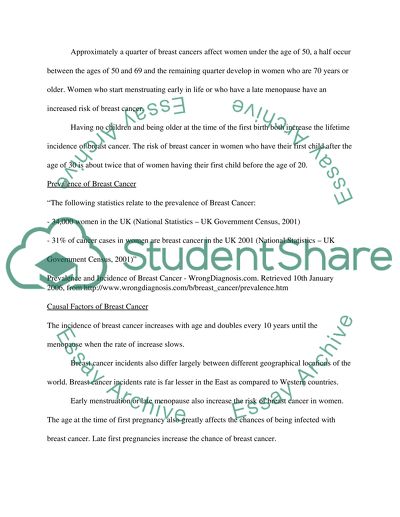Cite this document
(“What is Breast Cancer Essay Example | Topics and Well Written Essays - 1500 words”, n.d.)
What is Breast Cancer Essay Example | Topics and Well Written Essays - 1500 words. Retrieved from https://studentshare.org/health-sciences-medicine/1523933-what-is-breast-cancer
What is Breast Cancer Essay Example | Topics and Well Written Essays - 1500 words. Retrieved from https://studentshare.org/health-sciences-medicine/1523933-what-is-breast-cancer
(What Is Breast Cancer Essay Example | Topics and Well Written Essays - 1500 Words)
What Is Breast Cancer Essay Example | Topics and Well Written Essays - 1500 Words. https://studentshare.org/health-sciences-medicine/1523933-what-is-breast-cancer.
What Is Breast Cancer Essay Example | Topics and Well Written Essays - 1500 Words. https://studentshare.org/health-sciences-medicine/1523933-what-is-breast-cancer.
“What Is Breast Cancer Essay Example | Topics and Well Written Essays - 1500 Words”, n.d. https://studentshare.org/health-sciences-medicine/1523933-what-is-breast-cancer.


